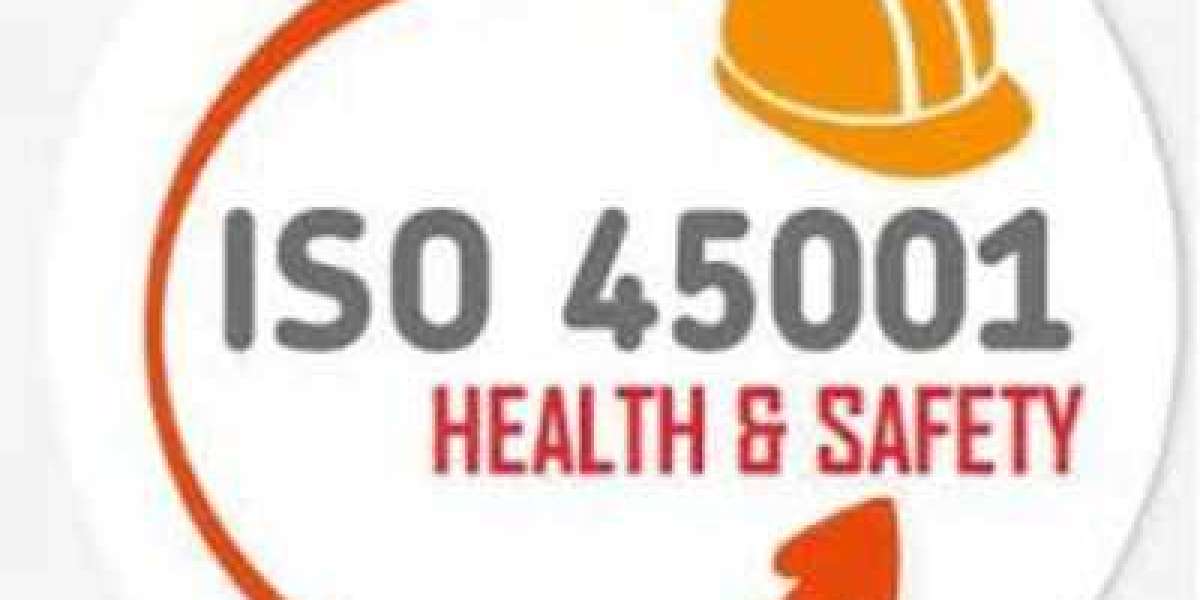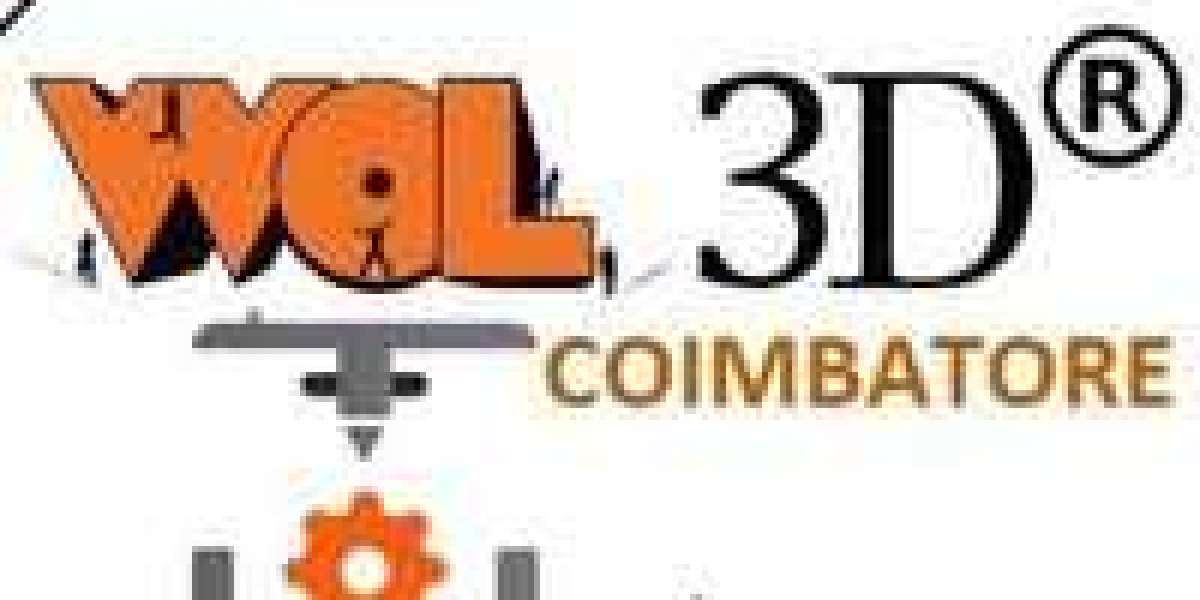Introduction
ISO 45001 is a globally recognized standard for Occupational Health and Safety Management Systems (OHSMS), developed to provide a framework for organizations to improve employee safety, reduce workplace risks, and enhance overall health and well-being. Introduced in March 2018, ISO 45001 aims to mitigate factors that can cause irreparable harm to workers and businesses. This article explores the core requirements of ISO 45001, detailing the importance of context and leadership, the need for thorough risk and opportunity assessment, the significance of effective support and operational planning, and the crucial role of performance evaluation and improvement in maintaining compliance and fostering a culture of continuous safety enhancement.
Context and Leadership
A fundamental requirement of ISO 45001 is understanding the organizational context and demonstrating strong leadership commitment to health and safety. The standard mandates organizations to consider both internal and external issues that can affect their OHSMS. This includes understanding the needs and expectations of workers and other stakeholders, as well as legal and regulatory requirements. By doing so, organizations can tailor their OHSMS to address specific risks and opportunities relevant to their operations.
Leadership and worker participation are critical components under ISO 45001. Top management must actively demonstrate their commitment to the OHSMS by integrating health and safety into the organization’s business processes and culture. This includes establishing a clear OHS policy, setting measurable objectives, and providing the necessary resources to achieve them. Leaders must also ensure that roles, responsibilities, and authorities are defined and communicated effectively throughout the organization.
Furthermore, ISO 45001 emphasizes the importance of worker participation. Employees at all levels should be involved in the development, implementation, and maintenance of the OHSMS. This participatory approach not only leverages workers' firsthand knowledge of workplace hazards but also fosters a sense of ownership and accountability for health and safety. Regular consultations, safety committees, and open communication channels are some of the methods organizations can use to engage workers effectively.
Risk and Opportunity Assessment
Central to ISO 45001 is the identification and assessment of risks and opportunities related to occupational health and safety. Organizations must establish, implement, and maintain processes for hazard identification, risk assessment, and determining the necessary control measures. This proactive approach helps prevent work-related injuries and illnesses by addressing potential issues before they result in harm.
The hazard identification process involves a systematic examination of all activities, processes, and work environments to identify potential sources of harm. This includes physical, chemical, biological, and psychosocial hazards. Once identified, these hazards must be assessed to determine their potential impact and likelihood of occurrence. Risk assessment techniques, such as risk matrices or quantitative risk analysis, can be employed to evaluate the severity and probability of identified hazards.
In addition to risk assessment, ISO 45001 requires organizations to identify opportunities that can enhance occupational health and safety performance. This includes opportunities to eliminate hazards, reduce risks, or improve safety practices and processes. By focusing on both risks and opportunities, organizations can create a balanced approach that not only mitigates negative impacts but also promotes positive outcomes.
Once risks and opportunities are identified and assessed, organizations must establish control measures to manage them effectively. This may involve implementing engineering controls, administrative controls, or personal protective equipment (PPE). The hierarchy of controls should be applied, prioritizing measures that eliminate or reduce hazards at their source. Regular monitoring and review of control measures are essential to ensure their effectiveness and to make necessary adjustments based on changing conditions or new information.
Support and Operational Planning
Support and operational planning are crucial elements of ISO 45001, ensuring that the OHSMS is effectively implemented and maintained. This involves providing the necessary resources, including personnel, infrastructure, and financial support, to achieve the organization's health and safety objectives. Adequate support ensures that all components of the OHSMS are functioning as intended and that continuous improvement is facilitated.
One key aspect of support is competence and awareness. Organizations must ensure that workers have the necessary skills, knowledge, and training to perform their tasks safely and in compliance with the OHSMS requirements. This includes initial training for new employees, ongoing training for existing staff, and specialized training for those in high-risk roles. Competency assessments and refresher training should be conducted regularly to address any gaps and to keep up with new safety practices and regulations.
Effective communication is another vital component of support. Organizations must establish mechanisms for internal and external communication regarding occupational health and safety matters. This includes clear and consistent messaging about the OHSMS, its objectives, and workers' roles and responsibilities. Open communication channels encourage reporting of hazards, near misses, and incidents, fostering a culture of transparency and continuous improvement.
Operational planning and control involve developing and implementing processes to achieve the organization's health and safety objectives. This includes establishing procedures for routine operations, emergency preparedness and response, and managing changes that may affect health and safety. For instance, organizations must have contingency plans for emergencies, such as fire, chemical spills, or natural disasters, and conduct regular drills to ensure readiness. Effective operational control also includes the management of contractors and suppliers, ensuring they comply with the organization's OHSMS requirements.
Performance Evaluation and Improvement
Continuous evaluation and improvement are integral to the ISO 45001 framework. Organizations must regularly monitor, measure, analyze, and evaluate their OHSMS to ensure its effectiveness and identify areas for improvement. This includes establishing performance indicators, conducting internal audits, and reviewing health and safety data to track progress towards objectives.
Performance indicators should be aligned with the organization's health and safety objectives and provide meaningful insights into the OHSMS's effectiveness. These indicators can include leading indicators, such as the number of safety training sessions conducted or the frequency of safety observations, as well as lagging indicators, such as incident rates and lost-time injuries. Regular analysis of these indicators helps organizations identify trends, areas of concern, and opportunities for improvement.
Internal audits are a critical tool for assessing the OHSMS's compliance with ISO 45001 requirements and organizational policies. Audits should be conducted by trained personnel who are independent of the areas being audited to ensure objectivity. The audit process involves reviewing documentation, interviewing employees, and observing workplace practices to identify non-conformities and areas for improvement. Audit findings should be documented, and corrective actions should be implemented promptly to address identified issues.
Management reviews are another essential aspect of performance evaluation. Top management should conduct regular reviews of the OHSMS to assess its continuing suitability, adequacy, and effectiveness. These reviews should consider audit findings, performance data, and feedback from workers and stakeholders. Based on the review outcomes, management should make decisions on necessary changes to the OHSMS, resource allocation, and setting new health and safety objectives.
Continual improvement is the ultimate goal of ISO 45001. Organizations must strive to enhance their OHSMS continually by addressing identified deficiencies, capitalizing on opportunities for improvement, and staying updated with evolving health and safety practices and regulations. This involves a commitment to learning and adaptation, ensuring that the OHSMS remains dynamic and responsive to internal and external changes.
Conclusion
iso 45001 requirements sets a comprehensive framework for occupational health and safety management, aiming to create safer workplaces and improve employee well-being. Understanding and addressing the organizational context, demonstrating strong leadership, and ensuring active worker participation are foundational requirements. Thorough risk and opportunity assessment, effective support and operational planning, and continuous performance evaluation and improvement are critical for successful implementation and maintenance of the OHSMS. By adhering to ISO 45001 requirements, organizations can not only enhance safety and compliance but also foster a culture of proactive health and safety management, ultimately leading to better business outcomes and a safer working environment for all.







